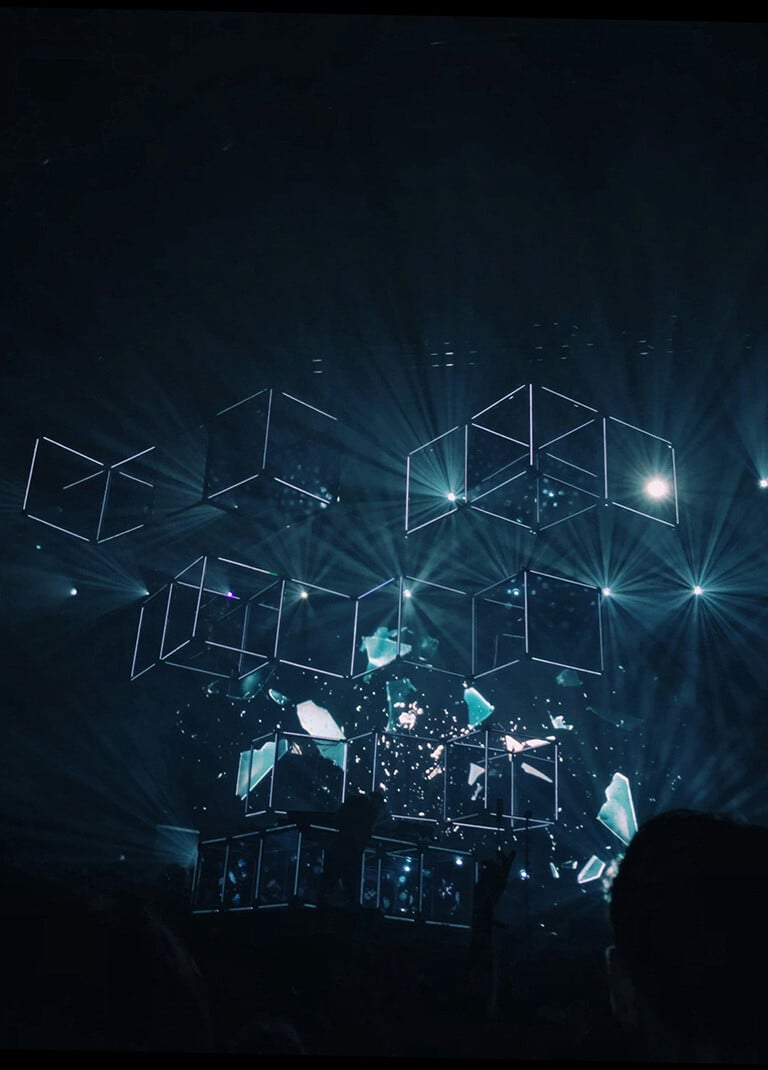The world’s digital transformation has led to dire warnings that the information and communications technology (ICT) industry’s appetite for energy consumption would grow uncontrolled like the classic horror film creature, The Blob.
“There have been many alarmist predictions of growing ICT energy use over the years, and all have proven to be bunk,” Eric Masanet, engineer at Northwestern University and co-author of an International Energy Agency (IEA) report on digitalization and energy, told Nature.
That isn’t to say that energy usage is not an ICT concern but that the industry – much like the town folks rallied to beat The Blob – have improved energy consumption, especially in data centers, to help control operating costs, extend the life of existing facilities and equipment, protect the earth’s environment, and meet growing regulatory mandates.
“With the specter of an energy-hungry future looming, scientists in academic labs and engineers at some of the world’s wealthiest companies are exploring ways to keep the industry’s environmental impact in check,” said Masanet. “ICT’s energy use must be “vigilantly managed” .. but if we stay on top of it, we should keep future energy demand in check.”
There is even hope that ICT can even contribute to a more sustainable future.
“The ICT sector has been transforming from within and allows other sectors to better prepare to meet their green objectives,” writes UK B2B publication The Verdict. “Research also shows that the ICT industry is enabling many other sectors to reduce their carbon footprint. The World Economic Forum (WEF), for example, finds, by 2030, ICT technology will help reduce industrial emissions by 12.1 billion tons, nearly 10 times the amount emitted by the ICT industry.”
Data Demand Skyrockets but Data Center Energy Usage Plateaus
If there is actually a “Blob”, it's the world’s demand for more and more data, especially as we embrace everything from 5G to VR to IoT, all of which require more space for data storage and processing.
Consider these facts from the United States International Trade Commission:
- In 2010, U.S. research firm IDC determined that 1.2 zettabytes (1.2 trillion gigabytes) of new data had been created globally, a 50 percent increase from the previous year.
- IDC estimated that the annual amount of data produced would grow to 35 zettabytes by 2020, a level that was reached by 2018.
- In 2020, data creation was approximately 59 zettabytes. IDC now notes that by 2025, newly created data will be 175 zettabytes.
- One industry observer noted that between 2018 and 2020, more data were created than in all human history before 2018
And yet, Statista found that energy demand in data centers worldwide from 2015 to 2021 actually remained flat as traditional data centers gave way to cloud and hyperscale solutions.
“Traditional data centers globally have decreased their energy demand, from around 97.6 terawatt hours in 2015, to some 50-terawatt hours in 2019, and a forecast indicated that this figure will reach nearly 33 terawatt hours by 2021. On the other hand, hyperscale data centers have doubled their energy demand in the same period,” said Statista.
Overall data center usage in terawatt hours, according to Statista, went from 190.7 in 2015 to an estimated 190.81 last year.
Good-bye to Zombies, Hello to Hyperscale!
The ICT switch from traditional, often smaller and inefficient, data centers to larger hyperscale models has help with energy consumption.
“Data center electricity demand has remained roughly level over the past half-decade, in part because of the “hyperscale shift” – the rise of super-efficient information factories that use an organized, uniform computing architecture that easily scales up to hundreds of thousands of servers,” says Nature.
The shift away from smaller data centers has helped control ICT’s “Zombie
problem – a 2015 study famously found that among 16,000 servers in corporate IT closets and basements, about one-quarter were “Zombies”, still plugged in and sucking up power but providing no useful output.
“These are servers sitting around doing nothing except using electricity, and that’s outrageous,” said the report author Jonathan Koomey.
Data Center Trends to Curb Energy Usage
The continued shift towards cloud computing and moving storage and applications away from traditional data centers has tremendous potential to keep ICT energy usage in check.
ABB Reviews said on average, one hyperscale data center server is able to replace 3.75 conventional servers.
For medium to smaller-size data centers, every watt certainly counts, and the following trends are cutting energy consumption:
- Minimizing Idle IT Equipment: ABB Review says that “servers tend to be only 5 to 15 percent utilized, processor 10 to 20 percent, storage devices 20 to 40 percent and networking equipment 60 to 80 percent. All this equipment draws power even when not utilized so the goal is to minimize idle equipment through actions such as distributed computing.
- Virtualization of Servers and Storage: Server utilization can be improved to at least 50 to 60 percent with virtualization where servers and storage systems are aggregated on a shared platform. Virtualization also lowers the total number of power-drawing servers and storage devices needed for each data center.
- Managing CPU Power Usage: Chip makers are producing more energy-efficient chipsets and multi-core technology is enabling processing of higher loads on less power. This is good news because more than 50 percent of server power is consumed by central processing units (CPUs). The newer CPUs are also equipped with power-management features to save on consumption.
- Better Cooling Practices: Cooling systems at data centers eat up as much as 30 to 60 percent of the energy bill. Alternative cooling systems such as rear door heat exchangers and liquid cooling tech are being used in place of traditional HVAC systems.
- Higher Ambient Temperatures: Server rooms are usually kept at an ambient temperature of 71 to 72 degrees, according to ABB Reviews, which requires AC outlet temps to be 59 to 61 degrees. HVAC experts, however, say new devices can operate in a range of 59 to 90 degrees with a humidity tolerance of up to 80 percent.









